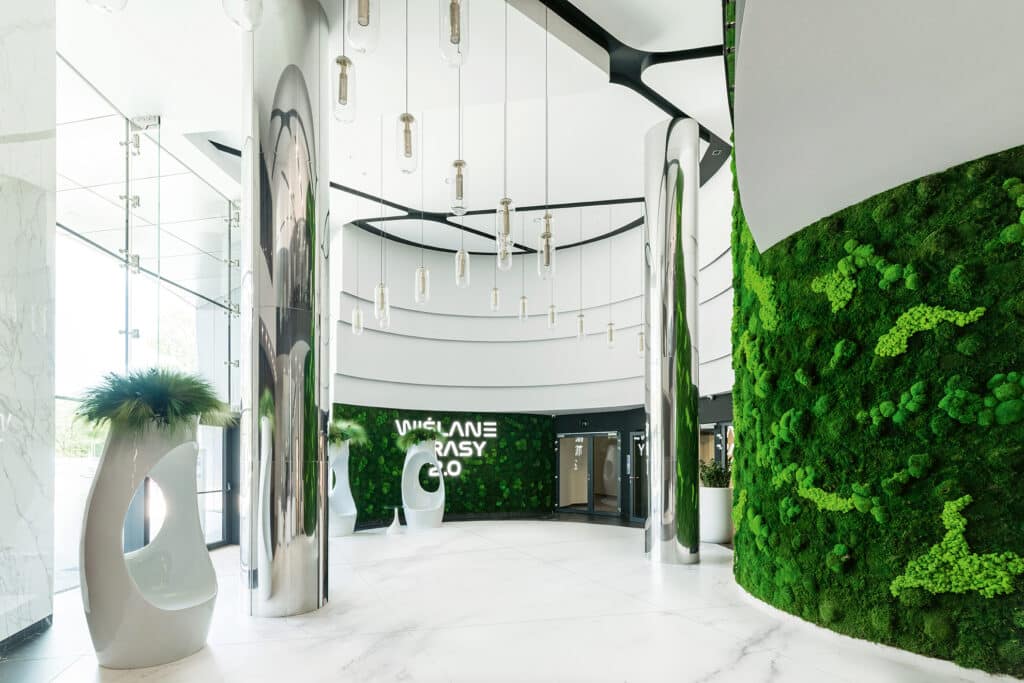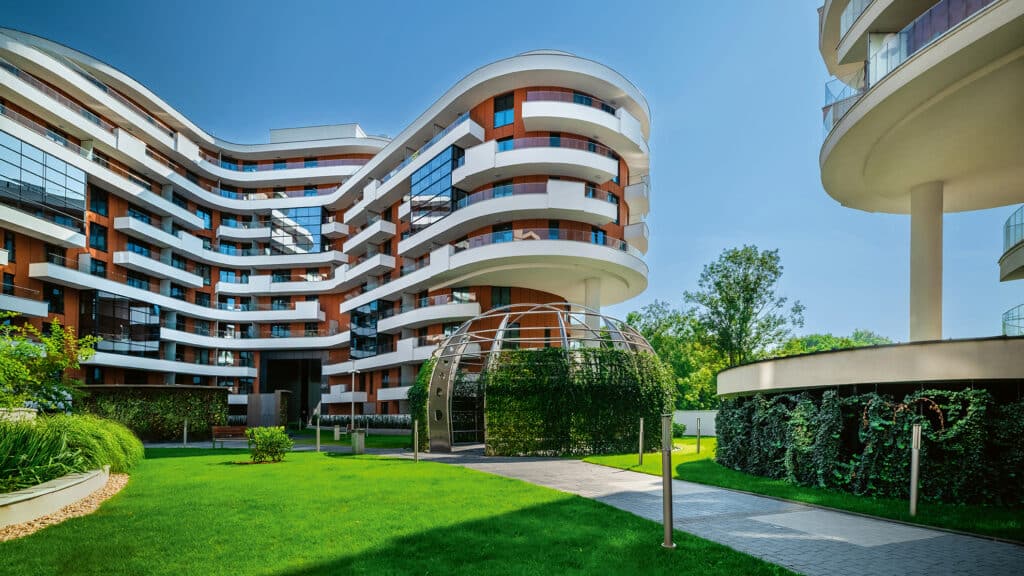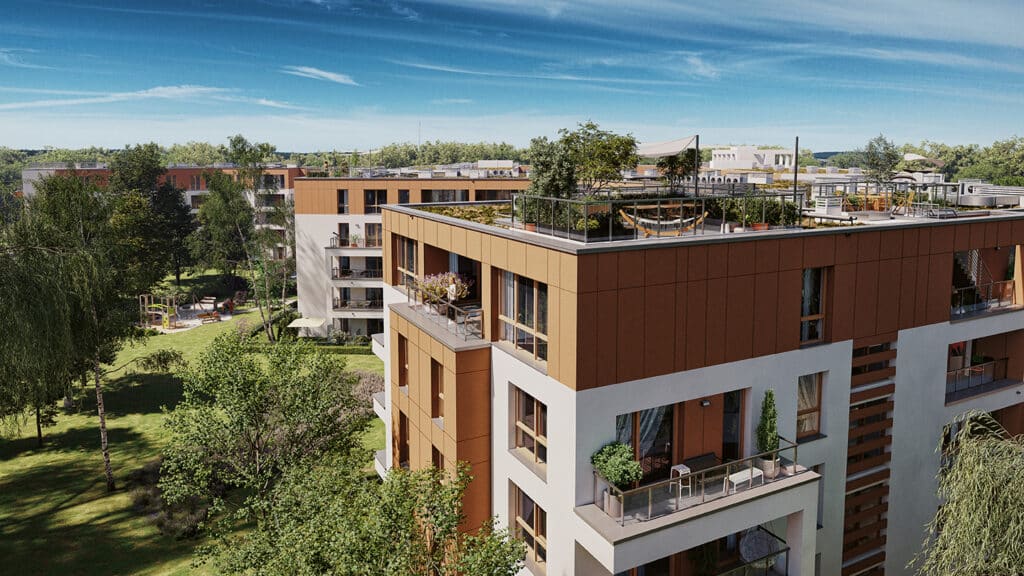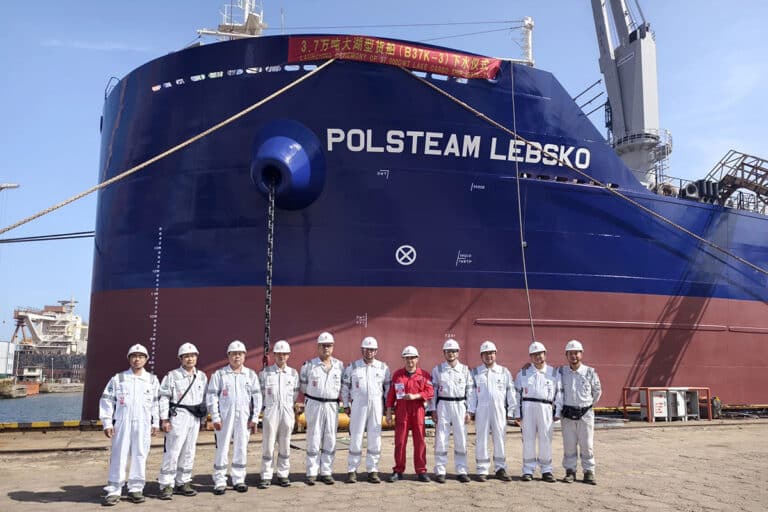Poland’s Luxury Real Estate Market Continues to Grow
As the number of millionaires in Poland increases, so does the domestic market for luxury goods. While premium-class cars remain the most popular choice for signaling status, more durable assets are becoming increasingly present in this luxury portfolio. Dominating among them are luxury properties, now the true crème de la crème of Polish wealth. So how much does it cost in our country to ascend into the prestigious circle of top-tier home and apartment owners?
Cars still represent the largest category of luxury products in Poland. We love driving premium brands and buy them eagerly. In 2024, the value of the premium and luxury car segment reached 36 billion PLN, up 34.8% from the previous year. However, the authors of the KPMG report point out that when it comes to capital investment, the wealthiest individuals are increasingly opting for luxury real estate. The value of this segment grew by 6.7% in 2024, reaching 3.5 billion PLN. This growth is driven by the rising number of millionaires. Last year, according to data collected by “Wprost” weekly, over 44,000 people in Poland earned at least one million PLN annually—and it’s primarily from this group that premium property buyers are drawn. The highest concentration of wealthy Poles is in the Mazowieckie region, especially in Warsaw. Second in this ranking is Małopolskie, led by Kraków.
What qualifies as luxury real estate?
According to the report “From the Top Shelf – High-Standard and Luxury Apartments,” prepared by the ThinkCo team in collaboration with Otodom.pl, as much as 85% of luxury apartment listings come from Gdańsk, Gdynia, Warsaw, Wrocław, and Kraków. Premium properties must meet high—and constantly rising—client expectations. That’s their defining trait. A property is considered high-standard if the price per square meter is at least 180% of the average price in a given city, and the unit is at least 60 square meters. An elevated standard is defined by a price per square meter equal to 110–130% of the city’s average. Studio apartments must be at least 35 square meters, and two-room units must have a minimum of 70 square meters. Characteristic of the luxury segment, such apartments offer numerous amenities that blur the line between a home and an exclusive hotel. Unlike other segments, the price per square meter does not decrease with increasing floor area.
The Polish definition of happiness
When Poles are asked about their dreams, owning an apartment or home ranks number one. A full 75% of us say that owning a house or apartment is essential to our sense of happiness, and having a home is almost a must-have for many. This is especially true for young adults and those just starting families, according to the latest Otodom report “Happy Home.” Eurostat data confirms this. Over 87% of Poles live in owned homes, one of the highest rates in Europe. Psychologists note that this combination of factors forms the foundation of Poland’s cultural inclination toward property ownership—when we are ready to invest, we prioritize buying a home. And the wealthier we are, the more expensive that home will be.

Wiślane Tarasy Kraków
Investment security matters
Oksana Agnieszka Żendarska, who has been advising individual and corporate clients on real estate and foreign investments for 20 years, notes that in Poland, too, real estate is treated as one of the safest investment instruments. This is confirmed by hard data. Poland is attractive for real estate investments because the percentage growth in square meter prices has been satisfying in recent years. The outlook for the domestic real estate market is also positive. “Additionally, the quality of premium-class apartments offered by local developers is not only high—it often exceeds the expectations of the most demanding clients,” says Oksana A. Żendarska. “A major advantage of investing in this segment is that real estate is a highly liquid asset. The most important condition is location. As in every other country, Poland has promising areas and cities where real estate investments can yield strong returns. However, one must carefully analyze the market, development prospects, infrastructure, and potential value growth,” she adds.
How much does luxury cost?
were recorded in Gdańsk and Warsaw, where prices per square meter reached as high as 62,600 PLN. A record-breaking transaction from last year still fuels the imagination: the most expensive apartment in Poland was sold for nearly 25 million PLN. According to “Forbes,” the buyer paid 57,000 PLN/m² for a two-story, 435-square-meter penthouse in the center of Gdańsk. From the 6th and 7th floors, the apartment offers panoramic views of the Motława River and the historic Old Town. The sale was off-market, which is common in the top-tier property segment. Only four months passed from presentation to final transaction. Experts emphasize that many top-tier deals are conducted this way. In this segment, discretion and personalized client service matter. These are often cash transactions. So what kind of budget is needed to purchase the most expensive luxury apartments? “In Poland, this market is relatively small and highly location-dependent. The highest budgets are definitely required for premium properties in Warsaw, Kraków, or the Tri-City area—at least 3 million PLN. For example, the most expensive units (over 100 m² apartments) in Haffnera Residence in Sopot—our premium project a few minutes from the beach—cost between 3 and 6.5 million PLN. Off-market luxury apartments in Warsaw or Kraków can go for several or even tens of millions,” explains Małgorzata Wiśniewska, Sales Director at Cordia Polska.

Wiślane Tarasy Kraków
The premium segment remains strong
Some experts believe that in 2025, the real estate market in Poland may stabilize, although its shape will largely depend on interest rate decisions. “The real estate market in 2025 is indeed heading toward stabilization, but its further development will be closely tied to interest rate decisions and credit availability. We’re currently seeing a slowdown in the pace of price increases, which could suggest a certain stagnation, but demand—especially in large cities like Kraków—remains high. If monetary policy eases credit conditions, the market could rebound, especially in the popular and investment housing segments. It’s worth noting that the luxury real estate segment has effectively resisted these fluctuations and continues to enjoy steady interest from our clients,” says Przemysław Łukasik, Vice President of INTER-BUD Developer. According to him, the key factor for wealthier clients has always been location. What else do they look for? “Poles are choosing luxury properties more consciously, focusing on finishing quality, energy efficiency, and additional amenities such as a rich offering of nearby services, sports centers with pools, or access to green spaces and parks. Kraków attracts both local and international buyers. Both groups generally seek investment properties in city centers or near tourist attractions. However, some Polish clients prefer intimate developments in quieter but well-connected areas with more greenery nearby,” adds Przemysław Łukasik. He also notes new trends: growing popularity of apartments with terraces, gardens, smart management systems, and refined features such as salt grottos, living green walls, or wellness spaces.
Every detail matters
Małgorzata Wiśniewska from Cordia Polska also emphasizes that in luxury property purchases, every detail matters—from prestigious locations and exceptional surroundings to refined building design and finishing standards, as well as exclusive shared spaces. “Carefully selected finishing materials, unique amenities such as wellness areas, and the use of smart technologies contribute to a cohesive whole in which every element plays an essential role,” she says. According to the Cordia Polska representative, for buyers in the top segment, the most important factors are owning a unique, prestigious property and, of course, a high level of living comfort.
Trendsetters in urban development
Premium developments often play a pioneering role in introducing innovative urban and architectural solutions aimed not only at improving residents’ quality of life but also at setting new standards in the real estate industry. “Such projects utilize cutting-edge technologies that may later become widely available in other market segments. Examples include advanced home automation systems, smart energy management, and innovative approaches to public and private spaces that harmonize with their surroundings,” says architect Paweł Koperski, board member of Q3D Concept. He believes that luxury developments often define entire neighborhoods by introducing features that increase the value not only of the building but also of its surroundings. “It’s also worth noting the attention to detail, such as carefully chosen building materials that are both durable and aesthetically pleasing. As a result, our cities are adorned with elegant properties that serve not only as residences but also as showcases of modern architecture,” sums up the architect.

Haffnera Residence, Sopot
Foreign investors among the buyers
Most investors in Poland are locals, but… “The Polish luxury real estate market—especially on the coast—is increasingly an alternative to foreign investments, particularly for clients from Germany, the UK, and Scandinavia. They choose the Polish coast not only for its unique charm but also for its convenient location—it’s simply closer than southern Europe, allowing for more frequent travel, and these properties often offer year-round amenities. For example, Sopot, dubbed the Polish Saint-Tropez, attracts discerning clients with its unique resort architecture, rich cultural scene, prestigious character, beautiful beaches, and high-quality infrastructure. Gdańsk and smaller towns like Międzyzdroje or Kołobrzeg are also becoming more attractive to foreign premium clients,” says Małgorzata Wiśniewska. The Polish luxury real estate market stands out for its architecture, material quality, and modern, intelligent solutions. Increasingly, our luxury projects are winning international architectural awards, which boosts demand. Paweł Koperski notes that the growing number of foreigners—especially from countries like Ukraine or Belarus—also contributes to this trend.
We’re also buying real estate abroad
The growing domestic demand for top-tier real estate is only part of the story. More and more Poles are also investing abroad. According to the latest data from the Registradores de España, 2024 set a new record. Poles bought over 4,200 properties in Spain. “Among Polish investors purchasing foreign properties, mid-budget buyers dominate. But it’s worth noting that wealthy Poles prefer real estate markets in the UK, Italy, France, and the US,” explains Oksana A. Żendarska.







